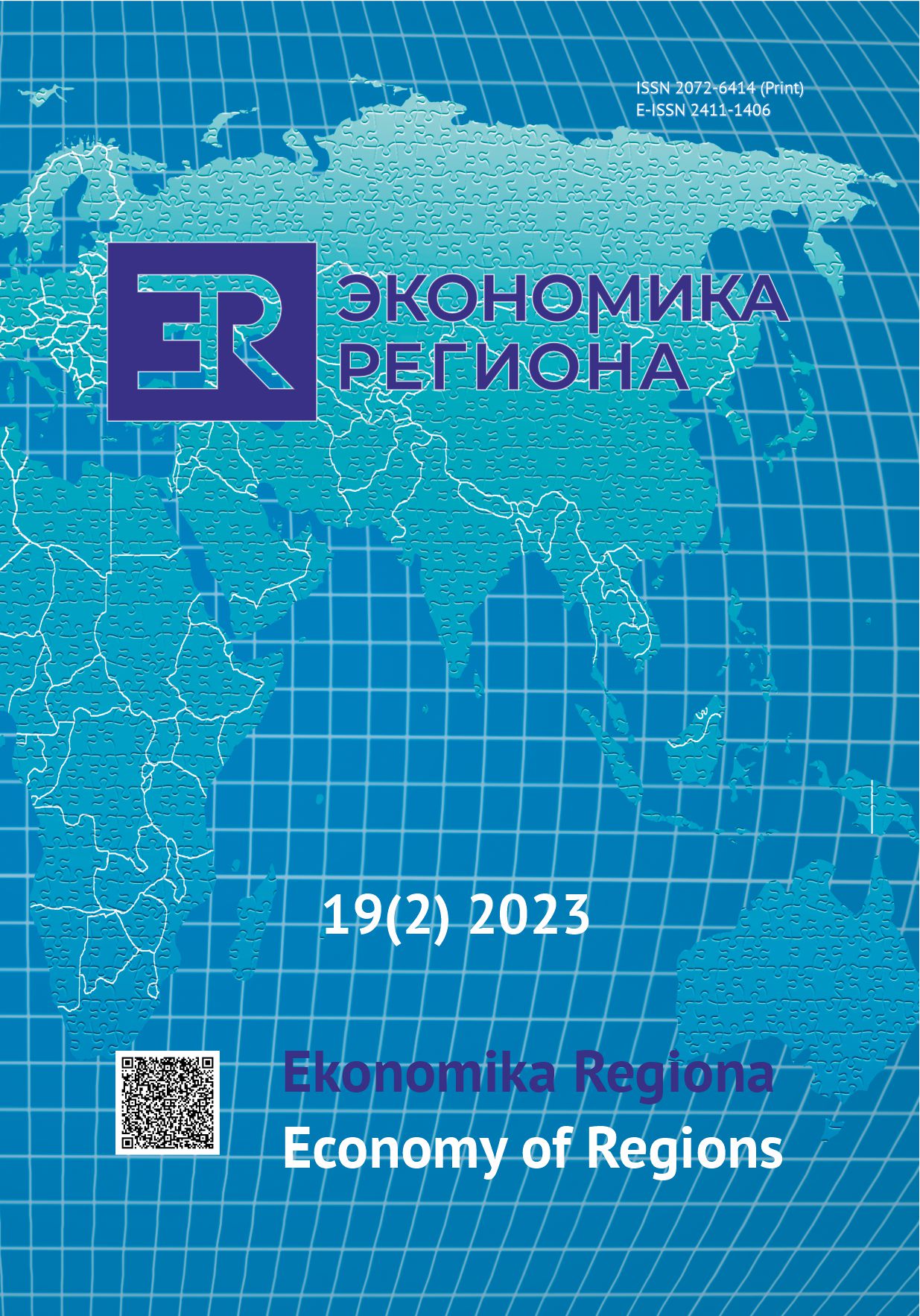THE NEXUS BETWEEN ECONOMIC GROWTH, NATURAL RESOURCE DEPLETION AND FOREIGN DIRECT INVESTMENT
DOI:
https://doi.org/10.17059/ekon.reg.2023-2-18Abstract
The overall economic performance is summarised in the economic growth. It occurs when resources are combined technically in an effective way. While advanced countries have no reliance on natural resources, they experience steady growth compared to natural resource-abundant countries. The Caspian Sea basin countries (Azerbaijan, Iran, Kazakhstan, Russia, and Turkmenistan) and Central Asia states (Kyrgyz Republic, Tajikistan, and Uzbekistan) own considerable mineral and ecological resources. This paper aims to examine the relationship between economic growth and natural resource depletion in the region during 1997–2019. Due to abundance of natural resources, this region trades fossil fuels and minerals with other economic blocs. Hence, foreign direct investment is added into the regression model in order to account for economic openness. In addition, the share of industry value added in gross domestic product is included to embody the industrialisation impact on economic growth. Finally, the tertiary enrolment is entered into the regression to measure the effect of human capital on economic growth. After specifying the econometric model, variables under study were tested for unit root. Due to difference in order of integration among variables, panel fully modified least squares method was used to estimate the model. The estimation results indicate the significant and positive effects of natural resource depletion, foreign direct investment, the share of industry value added and tertiary enrolment on economic growth. These findings imply that natural resource depletion contributes to economic growth much greater than foreign direct investment and tertiary enrolment. Thus, the resource curse is not confirmed across the examined countries.
Downloads
Published
How to Cite
Issue
Section
License
Copyright (c) 2023 Агели Лотфали

This work is licensed under a Creative Commons Attribution 4.0 International License.




